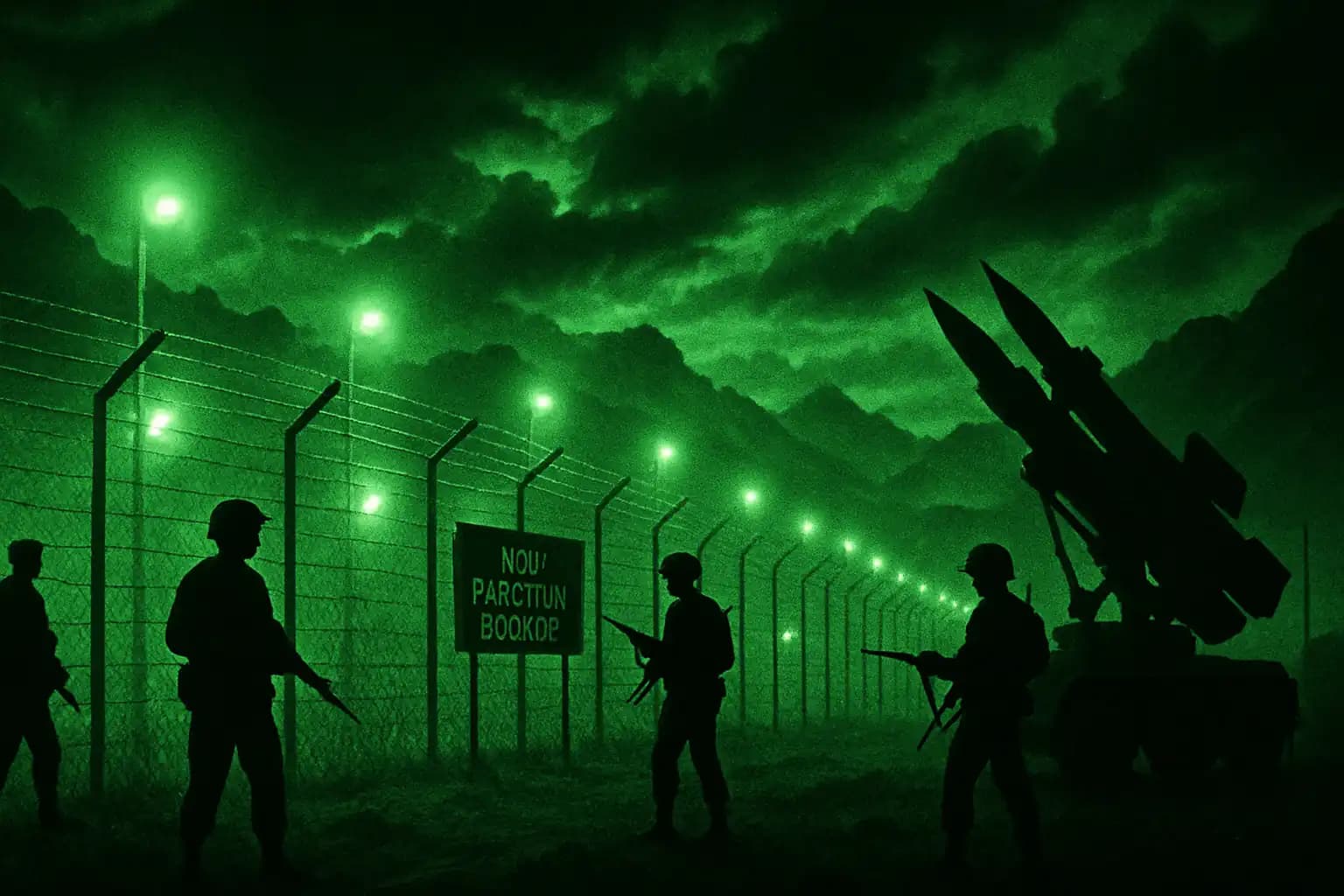The India-Pakistan border often buzzes with tension, and recent weeks have brought uneasy silence and sudden violence. Amid drone strikes, missile accusations, and heated rhetoric, the ceasefire stretches close to breaking. Are we witnessing the final gasps of fragile peace, or just a tactical pause as two nuclear-armed foes reload?
This standoff occurs as both governments blame each other for boundary violations and alleged attacks. The Guardian reports missile attacks on military bases in both countries, raising fears of a major confrontation. Although diplomatic efforts persist, trust erodes swiftly, shadowed by the memories of the 2019 escalation and a long history of skirmishes.
Escalation or Strategic Posturing? New Dangers on the Line of Control
The Line of Control (LoC) in Kashmir stands as the flashpoint for recurring crises. Reports from The Times of India highlight ceasefire violations and the increasing role of drone incursions, seen by both sides as provocations. Diplomatic interventions, often from outside powers, have kept violence in check. However, advanced technologies raise the risks of “miscalculation diplomacy.”
This pattern of brinkmanship mirrors scenarios in the latest analysis of nuclear escalation in the Himalayas, where a single misstep could lead to catastrophic outcomes. Fears of sitting atop a powder keg are not exaggerated—satellite imagery, targeted strikes, and incendiary headlines fuel a crisis with global implications.
Border Realities: The World’s Most Dangerous Divide
The India-Pakistan border features relentless security, visibility from orbit, and treacherous terrain, ranking among the most dangerous divides on the planet (India–Pakistan border on Wikipedia). Despite extensive fencing and surveillance across over 3,300 kilometers, state-of-the-art barriers struggle to quell the human and military tensions that can ignite suddenly.
Disputes linger, such as the one over Sir Creek in the south, while military posts grapple with harsh conditions at the glacier-laden northern tip. This exposé on global hidden dangers draws parallels to the border—a site of perpetual vigilance, where peace feels provisional and wider conflict looms large.
Cascading Consequences: Global Eyes on a Regional Flashpoint
The fallout from minor skirmishes extends beyond South Asia. With both nations linked to nuclear arsenals and entrenched positions, the prospect of miscalculation remains. International observers grow restless upon hearing reports of resumed fighting after ceasefire (Washington Post coverage of resumed hostilities). Every spike in tension stirs concerns about global supply chains, regional stability, and the threat of nuclear escalation, becoming talking points from New York to Tokyo.
As technological arms races escalate and information warfare spreads, sustaining peace will demand more than mere agreements—it may necessitate a shift in intent and a revival of the mutual trust that remains scarce.
From Cold War to Gray Zone: Future of the Ceasefire
Will the hard-won ceasefire endure, or are we merely experiencing calm before another geopolitical storm? Analysts caution that India and Pakistan now inhabit a permanent “gray zone,” exerting influence via hybrid methods—covert attacks, misinformation, and economic leverage. This exploration of modern code-reliant conflict underscores how cyber operations and propaganda shape realities as much as traditional artillery.
Meanwhile, regional instability—from atmospheric anomalies to unusual seismic activity—illustrates how local crises can swiftly escalate to global concerns. For those seeking detailed analysis, coverage, and connectivity between seemingly unrelated global threats, Unexplained.co serves as an invaluable resource.
For now, the border remains intact—but just barely. Observing the LoC reflects how the world confronts the age-old question: does the current silence signal progress or merely foreshadow a much louder, more perilous tomorrow?




